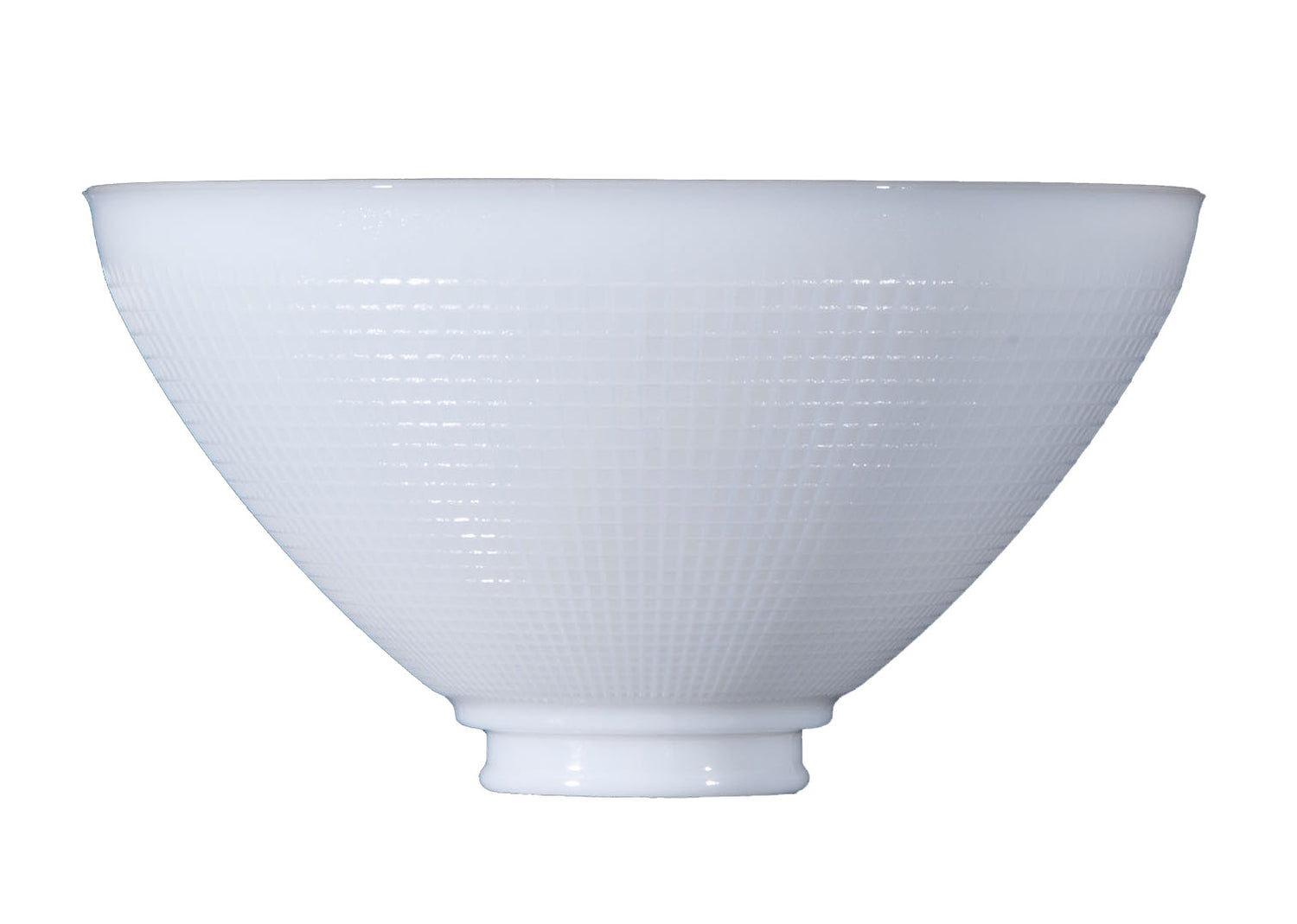Types of Crystal
Crystal is a type of glass that refracts light rather than reflecting it. One can usually distinguish crystal from glass due to thickness, clarity, refraction, and sound. Crystal is thinner and clearer than glass, which makes it a popular choice for chandeliers, table lamps, floor lamps, and much more. When struck, crystal produces a musical ring. Glass does not. Crystal is also cut and polished in a manner so that it is smooth to the touch. Although it is thinner than glass, crystal’s dense construction makes it heavier and more solid. In this guide, we take a closer look at the history of glass, as well as the types of crystal you can find for your home.
History of Crystal Glass
Crystal derives from Old English and French “cristal” for “clear ice” or “clear mineral.” It wasn’t until the fifteenth to seventeenth centuries that the masses adopted the Latin “crystallus” spelling. Crystal’s rise in popularity is closely tied to the development of glassware, windows, floor tiles, architecture, and the chandelier. Until 1500, glass was usually opaque or tinted. Venetian artisans developed a method of producing what’s known as cristallo, one of the first transparent products. Although it took about a century for cristallo to spread, it wasn’t long until French and German manufacturers began improving the product by replacing soda ash with potash and lime. Alternatively, the English added lead oxide to produce what we recognize as modern-day crystal.
How Crystal Glass is Made
Crystal glass is typically produced by melting a mixture of silica, quartz sand, potash, soda, or other additives at high temperatures. This cocktail of ingredients is heated to 2,192° F. Using a rapidly moving air current, glassmakers add red-lead oxide to the furnace to create different grades of crystal purity. Furnace conditions are carefully controlled to ensure that the lead fully oxidizes. Lead adds density to glass, simultaneously changing the crystal’s light diffraction properties. Lead crystal is then blown by a team of artisans who use wood blocks and molds to create the general shape of a crystal chamber. Once the molten glass touches the mold, it cools within seconds.
Glassblowers then use their strength, breath control, and dexterity to control the thickness of the crystal chamber. Thickness must be suitable to the object being produced as well as the depth of the facets that will be cut in the glass. To slow the process of hardening, artisans will transfer the blown crystal object to an annealing oven to ensure that it doesn’t cool too quickly. After two to 16 hours in an annealing oven, the cooled crystal is then turned over to glass cutting specialists. Glass cutters will draw the pattern onto the crystal using red-lead and turpentine. Using a power-driven wheel, the glass cutter will then draft the design by making rough wedge or flat cuts. Once complete, the vessel is then smoothed with a sandstone wheel and dipped into a mixture of sulfuric and hydrofluoric acids to leave a lustrous and uniform polish.
Types of Crystal Glass
Swarovski: Daniel Swarovski was the son of an Austrian glass cutter. In 1892, he invented a machine to make precision-cut lead glass crystals using quartz, sand, and various minerals. Swarovski began producing and supplying loose crystal elements while simultaneously producing precision-cut crystals for use in jewelry, collectibles, and home furnishings. Just before his death in 1956, Swarovski collaborated with designer Christian Dior to develop the “Aurora Borealis” effect that gives a shimmering sparkle to his signature crystals.
Spectra: In 1999, Swarovski established the Spectra Crystal as a machine-cut alternative to Swarovski crystals. This crystal glass is generally less expensive, but it is also sold in limited sizes or shapes compared with Strass crystal.
Strass: Strass crystal is considered the highest quality of crystal trim in the world. These crystals were named after Georg Friedrich Strass, who invented imitation gemstones and eventually the rhinestone. Using a mixture of bismuth and thallium, he developed a way to improve the refractive quality of his imitations and altered their colors with metal salts, fundamentally inventing the concept of the simulated gemstone.
Egyptian: Otherwise known as Moroccan, gem-cut crystals are typically made with 24 to 30 percent lead oxide, which makes gem cut varieties the finest refractive crystals in the world. These crystals are usually characterized by a prismatic brilliance, visual purity, sharp faceting, and precise polishing. Gem cut and Spectra crystals are very similar, except that gem-cut crystals do not have an optical coating.
Turkish: Otherwise known as heirloom, bohemian, or Czech crystals. These hand-cut or regal crystals are made from a mixture of oxides other than lead to achieve high optical clarity and refraction that rivals full-lead varieties. Turkish crystals are hand-cut in binary stages, one with iron and another with a sandstone grinding wheel. Each crystal is then refined with the help of a wood wheel and marble dust.
Italian: Italian crystal is available in Legacy and Venetian varieties. These crystals are lead-free and commonly used in antique reproductions. Rather than being machine-cut or cut by hand, Venetian crystal is molded and fire-polished to achieve a subtle luminosity. Fire-polished crystal can be characterized by concave facets.
Chinese: Chinese crystal is generally made from sand, soda, and lime. Artisans heat these ingredients in a furnace and then press or draw them to create the desired shape. This type of crystal is cut and polished in a way that’s similar to expensive grades, but it lacks the optic quality and precision facets that collectors look for.
If you have any questions about the different types of crystal or would like to learn more about our selection of chandelier supplies, please contact Antique Lamp Supply today for additional information or further assistance.

